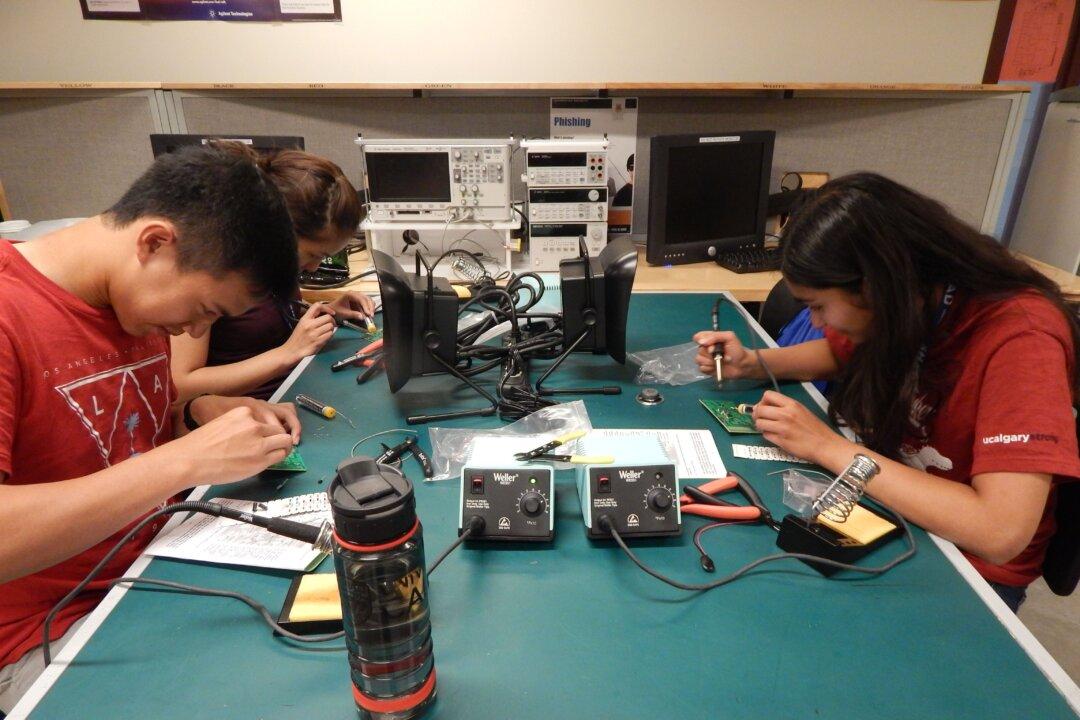A first-of-its-kind German study that examined the global use and impact of pesticides has found that in over half of 2,500 sites tracked in 73 countries including Canada, chemical concentrations exceed recommended levels.
The researchers describe the results as alarming and warn that aquatic life is being hurt, with the problem in the future possibly rivaling climate change as a global environmental issue.
“What they found was just over half of the sites that they considered had exceeded these regulatory thresholds. That means there is reason to think that the aquatic life has been affected in half of these cases,” said Jules Blais, director of Laboratory for the Analysis of Natural and Synthetic Environmental Toxicants at the University of Ottawa.
Blais edited the study, titled “Agriculture Insecticides Threaten Surface Waters at the Global Scale,” which appeared in the US Proceedings of the National Academy of Sciences earlier this week.




